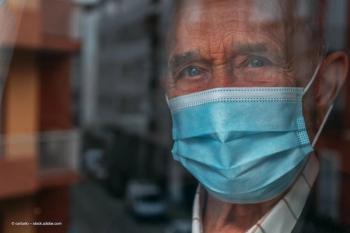
Single Use Instrument recommendations set to stimulate reform in decontamination procedures?
The recommendations for 'the use of single use instruments where possible' when performing 'high-risk' surgical procedures, has not only led to a growth in the single use market segment, but has stimulated massive reform in decontamination procedures, creating increased demand globally for reusable instruments due to new processes and longer lead times.
The recommendations for 'the use of single use instruments where possible' when performing 'high-risk' surgical procedures, has not only led to a growth in the single use market segment, but has stimulated massive reform in decontamination procedures, creating increased demand globally for reusable instruments due to new processes and longer lead times, according to ophthalmic instrument supplier John Weiss & Son, Ltd.
Although the heightened requirements for handcrafted reusable instruments remains a production priority for many manufacturers, the significant requirement for single use instruments alongside reusable products cannot be ignored.
This is evidenced by the foundation of The Eyeline Organisation, an international group of ophthalmologists whose aim is to apply cutting edge innovation to the design and quality of single use instruments. Eyeline manufactures instruments including forceps, needleholders, scissors and a variety of manipulators and probes. The ACROfine dispøz Single Use Instruments manufactured by Eyeline have recently been released by John Weiss, and are available in procedure packs for phaco, sub-tenons, oculoplastic, and intravitreal injections.
"This unique relationship will offer surgeons the single use solution they never expected," explains Michael Bench, managing director of John Weiss.
Newsletter
Get the essential updates shaping the future of pharma manufacturing and compliance—subscribe today to Pharmaceutical Technology and never miss a breakthrough.












































